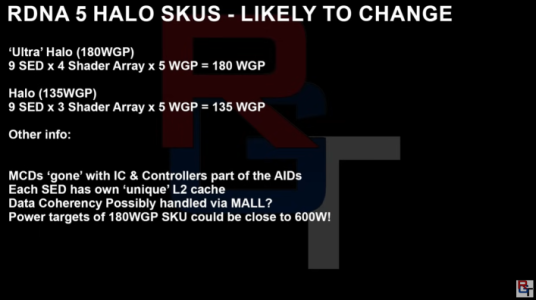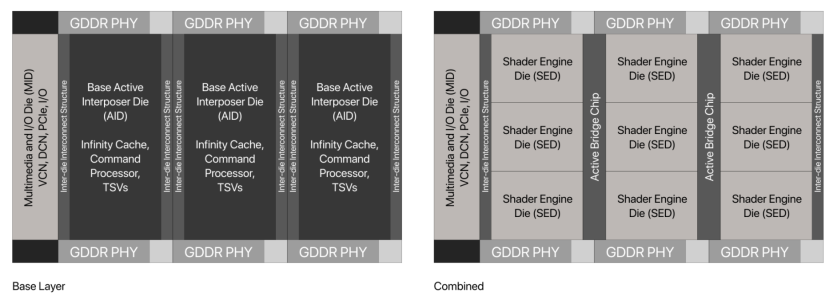RDNA2 is XSX actually. PS5 is somewhere between RDNA1 and 2. Sony seems to be more eager to have its own input in the silicon (think Kraken) whereas Microsoft's console chips are closer to what AMD puts on the market as well.
Based on what I have read, its definitely closer to RDNA2 than RNDA1. There is what, one feature discrepancy where Sony did it "their way" and its the difference of the standard RDNA2 "Mesh Shaders" as used in the PC parts and the XSX vs the Sony implementation of "Primitive Shaders" used only in the PS5. And even then, it appears that Mesh Shaders are an abstraction, built on Primitive Shaders. Mesh Shaders appear to be part of DX12U and that's likely why we see this advertised on PC and XSX whereas the PS5 presumably isn't using DX12U (ha).
The PS5 GPU is essentially a 6700 non-xt. Heck, it probably even has the ability to use mesh shaders but its not exposed via an API you'd have to put it together on top of the Primitive Shaders which the AMD drivers apparently do. That's likely what Alan Wake 2 did.
What other major differences are there?
Thread for reference:
A pretty interesting interview with AMD over the future of gaming tech, and how Sony adopted the older Primitive Shaders and MS adopted the newer Mesh Shaders as it became the industry norm moving forward. While the XSX has Mesh Shaders, it can also utilise Primitive Shaders as well. Of...

www.neogaf.com
"Primitive shader is not the older version of Mesh Shaders. Primitive shader was proposed as the standard by AMD in 2017 while 2018 Nvidia proposed their implementation which Microsoft adopted in 2019 into DX12U in the form of Mesh Shaders. Primitive shaders still exist in AMD GPUs starting from Vega to RDNA 3.
On AMD GPUs Primitive shaders is what enables Mesh Shaders. How it functions depends on what API you are using it with. In DX12 it functions as Mesh Shaders, but it is the same Primitive Shaders in all AMD GPUs.
Mr. Wang
Certainly, Mesh Shader was adopted as standard in DirectX 12. However, the new geometry pipeline concept originally started with the concept of tidying up the complicated geometry pipeline, making it easier for game developers to use, and to make it easier to extract performance. In other words, it can be said that both AMD and NVIDIA had the same goal as the starting point of the idea. To put it bluntly, Primitive Shader and Mesh Shader have many similarities in terms of functionality, although there are differences in implementation.
So did AMD abandon the Primitive Shader? As for hardware, Primitive Shader still exists, and how to use Mesh Shader is realized with Primitive Shader , it corresponds to Mesh Shader with such an image.
Mr. Wang
Primitive Shader as hardware exists in everything from Radeon RX Vega to the latest RDNA 3-based GPU. When viewed from DirectX 12, Radeon GPU's Primitive Shader is designed to work as a Mesh Shader."
As for next gen implications, it will be interesting to see what's truly in the PS5 Pro. It's looking like a more custom, hyrbrid of RDNA3 and RDNA4, pulling in some RT specific RDNA4 hardware on what otherwise appears to be downclocked 7800XT in the dev kits. That will be significantly more custom that the GPU in the PS5, IMO. Since it might be coming out about the same time as RNDA4 is launching, it will be nice to have those bits being as advanced possible.
I am also interested if there will be any IC, based on the memory bandwidth numbers on the dev kits it doesn't seem like it, which is a bit of a mystery since its such a great performance per watt uplift and these consoles seem pretty optimized on that front in other ways.
6700 --> 7800XT+ might not set anyone's hair on fire here, but it should really bring native 4K/30FPS/RT gaming to some sort of reality.









